What is the strongest, most resilient flower? Discover Nature’s Toughest Blooms
When you think about flowers, beauty and hope often come to mind. But did you know that some flowers are incredibly strong and resilient too? These flowers can survive harsh conditions, ranging from extreme heat to bitter cold. It’s amazing how they can thrive where others may wither.
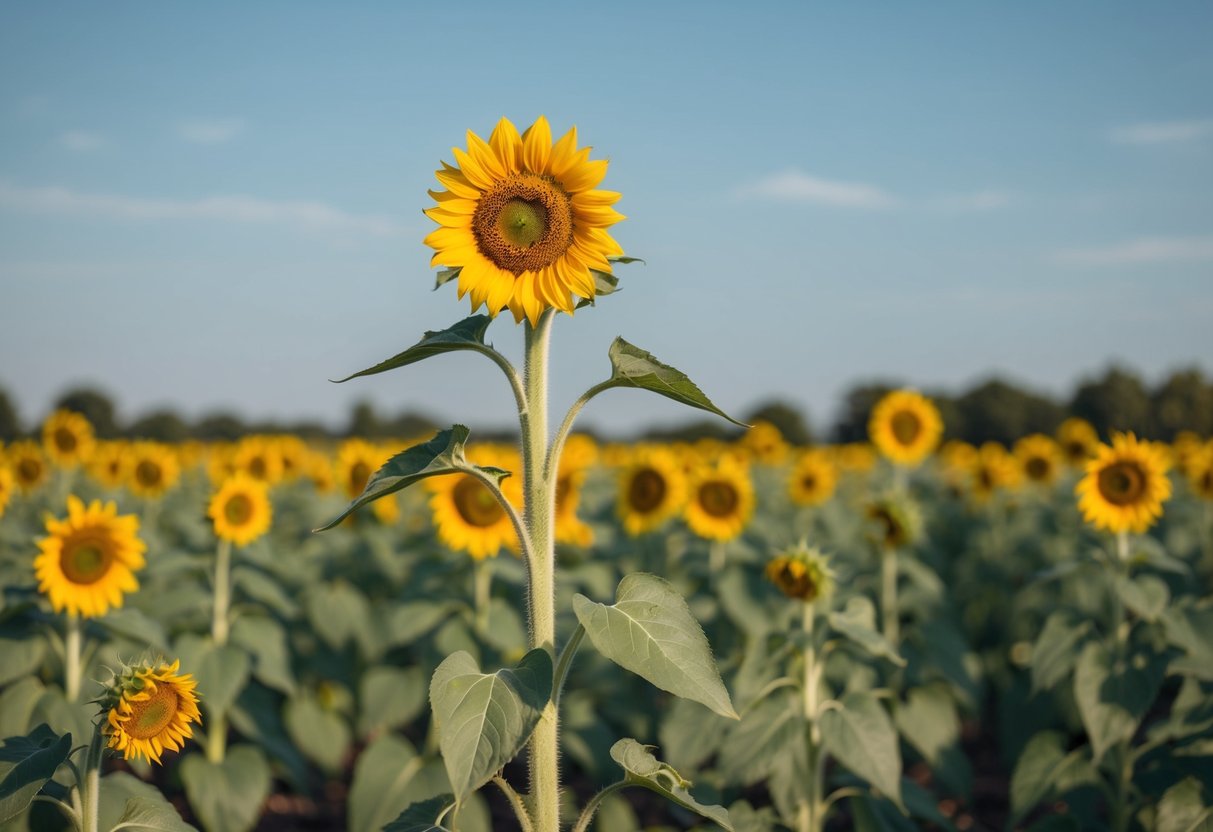
One flower stands out when it comes to resilience. The black-eyed Susan is known for its ability to endure tough environments and bounce back quickly. Its bright yellow petals and dark center add a pop of color to any garden, making it not just strong but also beautiful. You can find more about this fascinating flower in gardens across North America, as it often blooms even in less-than-ideal landscapes.
If you’re looking for a plant that combines strength with elegance, consider the canna lily. With its bold blooms in shades of red, orange, yellow, or pink, it can light up any garden. This tropical perennial is particularly suited for wet environments. These resilient blooms remind us of the power and beauty in strength, inspiring hope through their vibrant presence.
Defining Floral Strength and Resilience
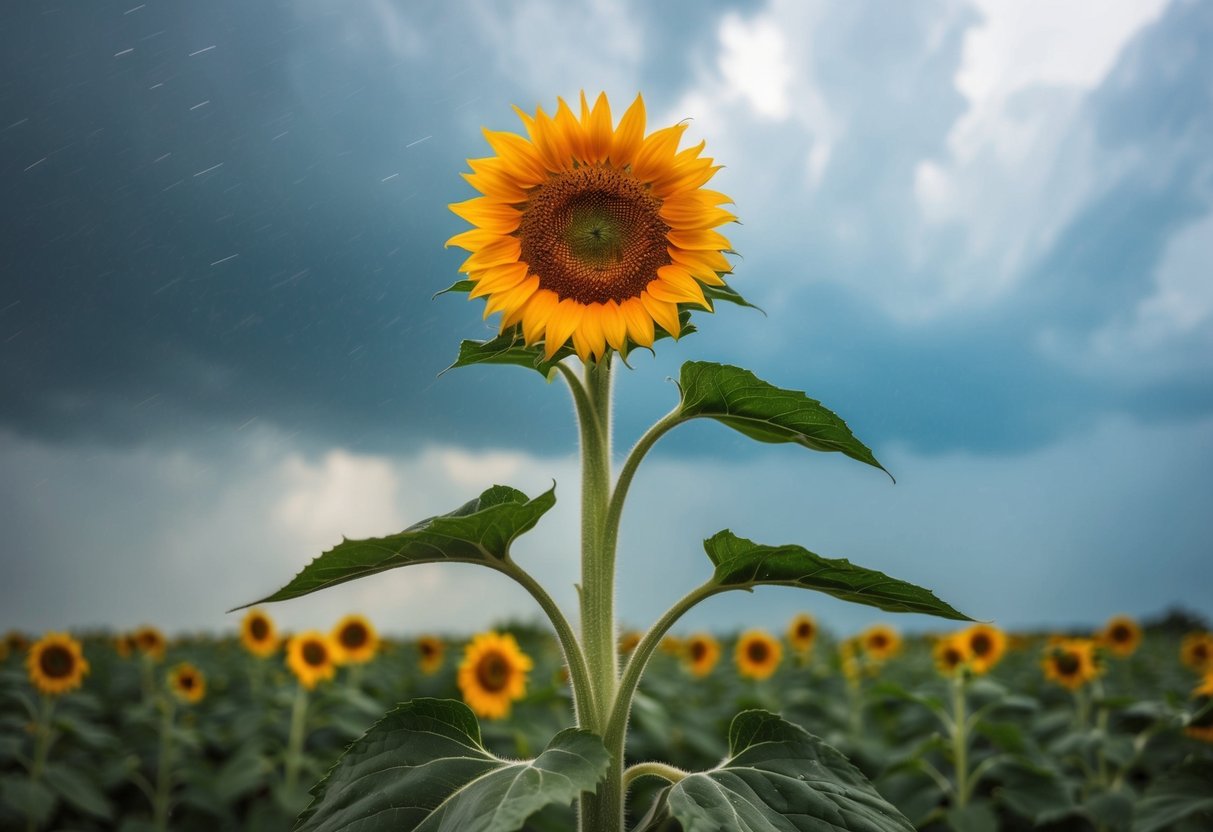
In nature, flowers display incredible strength and resilience through their ability to thrive in adversity and symbolize inner strength and perseverance. Understanding these qualities involves exploring how flowers survive and adapt, as well as the symbolic meanings they carry.
Concepts of Survival and Adaptation
Flowers are fascinating in the way they adapt to different environments. Many, like the lotus, bloom beautifully even in murky waters, proving their ability to survive and thrive. Adaptation can mean growing deeper roots, like the oak tree blossom, or developing tough outer layers. These adjustments help them withstand varying temperatures, limited water, and harsh weather.
To survive, flowers might also develop resistance to diseases or pests. Consider the dandelion, which spreads its seeds widely to ensure growth even in challenging conditions. This adaptability showcases the fortitude flowers possess, ensuring they continue to flourish against the odds.
Symbolism in Floral Resilience
Flowers have long served as symbols of strength and resilience. The gladiolus, often referred to as the “sword lily,” embodies strength due to its tall and sturdy appearance. Its ability to grow from corms similar to bulbs helps it stand tall, symbolizing endurance and inner strength.
The rose, with its beauty and thorns, is a symbol of strength of character. It represents the balance between vulnerability and toughness. Black-eyed Susan, a member of the sunflower family, signifies resilience by thriving in harsh environments, showcasing an enduring spirit. These flowers remind you of the strength and perseverance needed to overcome life’s challenges.
Champions of the Floral World
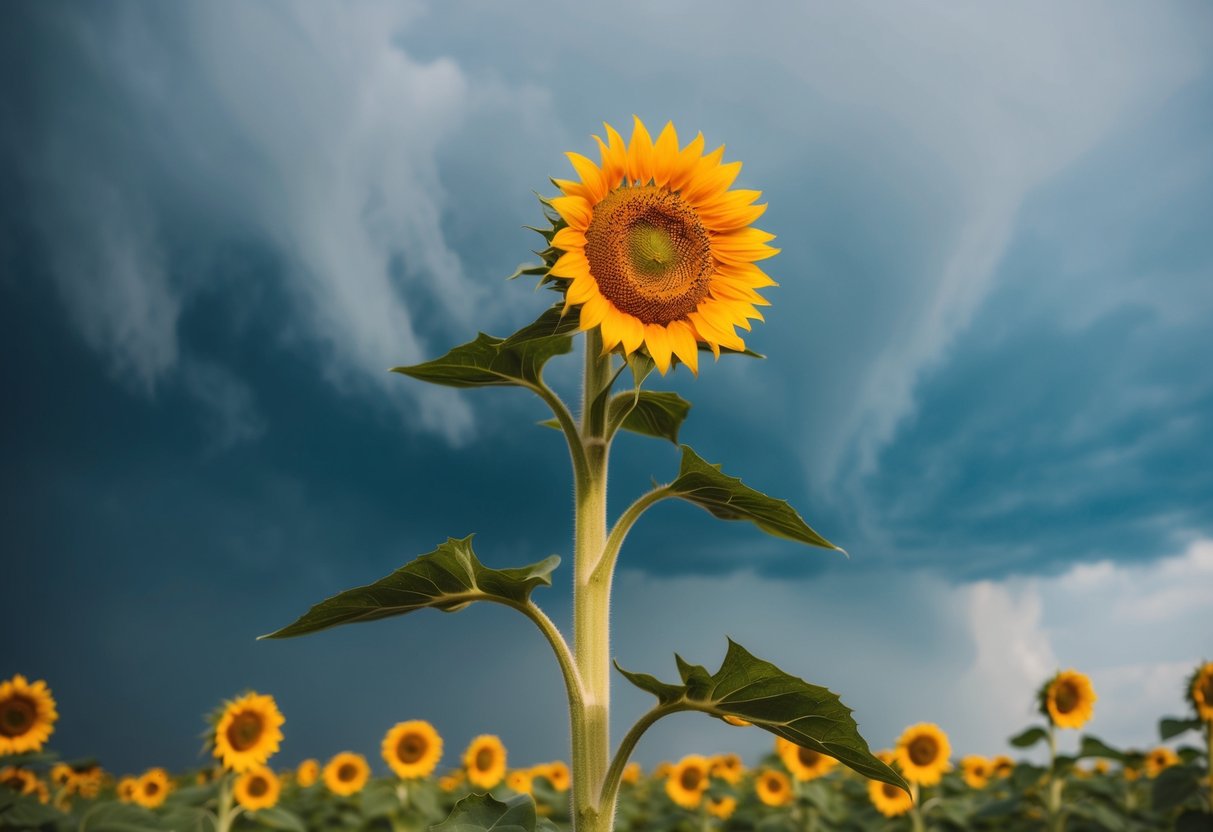
When looking for flowers that are both beautiful and strong, you find that some stand out more than others. Echinacea, Yarrow, and Lavender often lead the way with their remarkable resilience and unique characteristics.
Echinacea: The Coneflower’s Tale
Echinacea, commonly known as the coneflower, is a favorite among gardeners. This flower is not only eye-catching with its bold colors and spiky center, but it’s also tough. You can count on it to thrive in full sun conditions and withstand drought.
As a perennial, echinacea returns year after year, making it a great investment for your garden. Many people use echinacea for its supposed medicinal properties, especially in boosting the immune system. The flower is attractive to pollinators like bees and butterflies, adding life and movement to your outdoor space. With its combination of beauty and durability, echinacea earns its place as one of the champions in the floral world.
Yarrow: A Story of Versatility and Durability
Yarrow, or achillea, is another plant that stands firm against tough conditions. This perennial is known for its feathery foliage and clusters of small, brightly colored flowers. Yarrow is incredibly versatile, adapting well to various soil types and thriving in full sun.
One of the key features of yarrow is its ability to handle drought, making it a drought-tolerant plant ideal for low-water gardens. Beyond its beauty, yarrow has a history of use in herbal medicine for treating cuts and bruises. Its presence in your garden can contribute both visual appeal and practical benefits.
Lavender’s Legacy of Beauty and Utility
Lavender is cherished for its fragrant blooms and soothing scent. This plant is a staple in many gardens due to its silver-green foliage and spikes of purple flowers. Lavender thrives best in full sun and well-drained soil, making it a delight to grow in a range of climates.
As a resilient plant, lavender is both beautiful and incredibly useful. It is often used in aromatherapy and as an ingredient in various beauty products. Its ability to repel insects adds extra value to your outdoor living space. Lavender’s straightforward care and myriad uses ensure its status as a beloved champion of the floral world.
Enduring Against the Elements
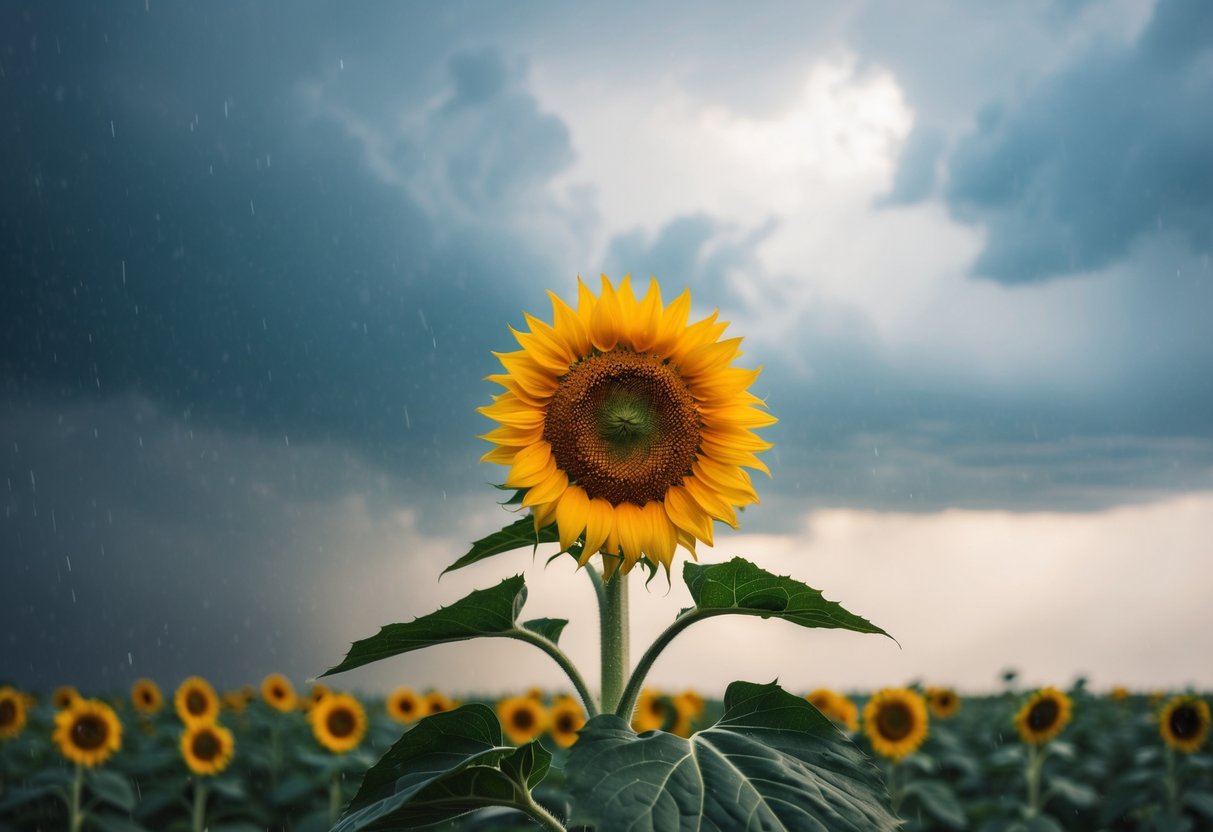
Some flowers have the remarkable ability to thrive despite challenging weather conditions and less-than-ideal environments. These resilient plants not only survive but often flourish, showcasing nature’s determination.
Native Plants and Hardiness
Embracing native plants in your garden can significantly enhance resilience. Native species are naturally adapted to local climates, making them hardy plants that can withstand regional weather patterns. They often require less water and fewer resources to thrive.
For example, black-eyed Susans, known for their bright blooms, are native to North America and can handle tough conditions. Their strong roots help prevent soil erosion, making them excellent ground cover. By choosing native plants, you not only cultivate a robust garden but also support local ecosystems and wildlife.
Full Sun and Partial Shade Survivors
Certain flowers excel in both full sun and partial shade, making them versatile additions to your garden. Hostas are popular for shade gardens, with a variety of leaf colors and textures. They adapt well to different lighting conditions, providing lush foliage and occasional blooms.
Daylilies and cosmos are also hardy choices. Daylilies can endure direct sunlight and bloom beautifully with minimal care. Similarly, cosmos are sun-loving plants that bring long-lasting color to your garden.
By planting flowers like hostas, daylilies, and cosmos, you create a vibrant garden that can withstand various environmental challenges while maintaining beauty and health through the seasons.
Flowers of Meaning and Healing
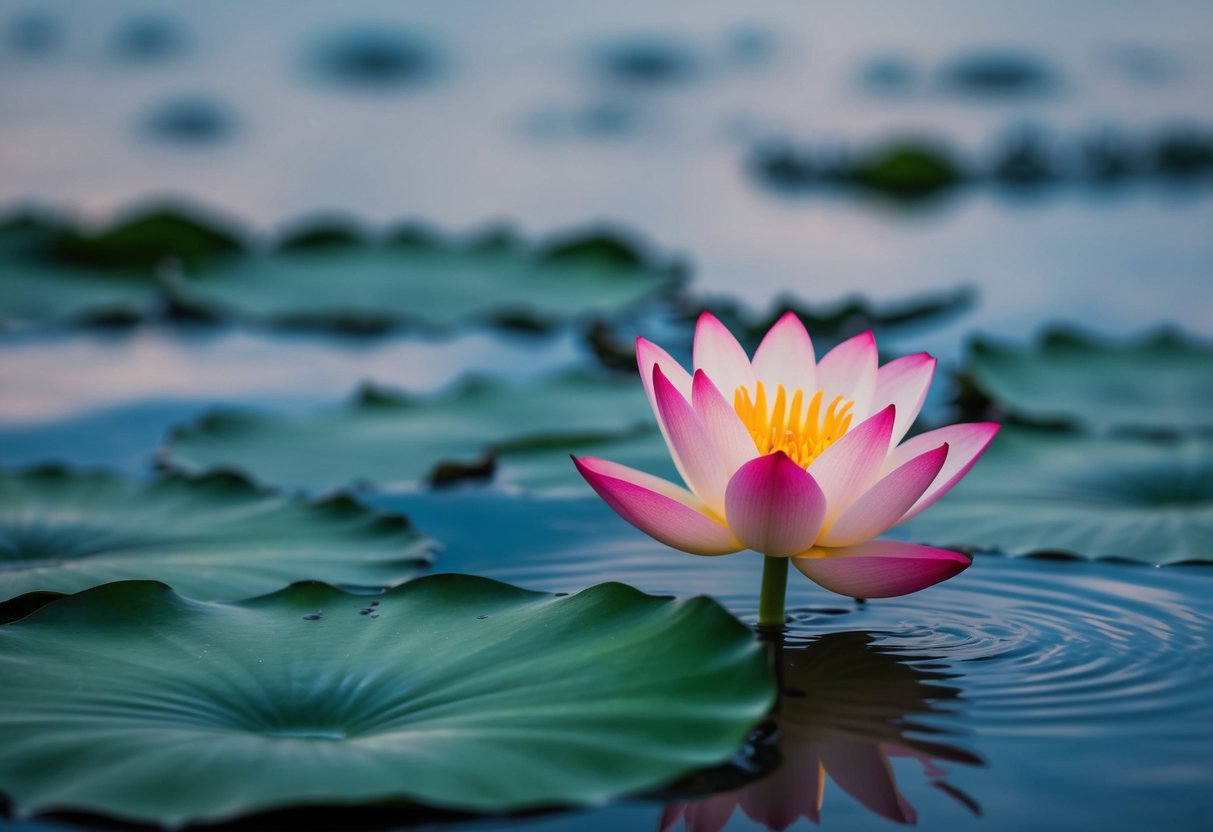
In the world of flowers, some symbolize resilience and strength while also offering healing properties and cultural significance. Here, you’ll explore how chrysanthemums and sunflowers each have their own unique meanings and connections in different cultures.
Chrysanthemums and Cultural Significance
Chrysanthemums stand as symbols of nobility and longevity. In many Asian cultures, they are associated with royalty and are often used in ceremonies and celebrations. The Chinese regard chrysanthemums as a symbol of autumn and they are tied to the ideals of perseverance and courage, making them a flower that represents strength and fortitude.
These blossoms are also believed to have healing properties. In traditional medicine, they are used in teas to help with relaxation and to reduce inflammation. You might enjoy them in your garden for their beauty, as well as their calming presence.
Sunflowers: Icons of Brightness and Strength
Sunflowers are known for their bright, sunny appearance and are celebrated as icons of strength and endurance. They symbolize happiness and vitality due to their ability to always face the sun, turning toward the light no matter the circumstances. This quality makes them an ideal example of flowers that represent resilience.
Beyond their appearance, sunflowers have ties to nourishment and healing. They are used in oils and foods because of their rich nutrients. Their tall, robust stalks also remind you of the ability to stand strong and weather challenges with grace. Whether in a field or a garden, sunflowers bring positive energy and inspiration with their bold presence.
Attracting Allies in the Garden

Building a thriving garden involves more than just planting flowers. Consider inviting beneficial insects and wildlife to create a balanced ecosystem. Resilient flowers play a key role in attracting pollinators and other helpful creatures.
Flowers and Pollinators
Planting the right flowers helps attract pollinators like bees and butterflies. These insects are essential for the successful reproduction of many plants. Choose resilient flowers such as black-eyed susans, catmint, and some varieties of roses that are great at luring these allies.
Black-eyed Susans bloom bright and bold, drawing in bees and butterflies with their vivid colors. Catmint, with its long-lasting purple blooms, is another favorite among pollinators. Roses, particularly those with single blooms, provide nectar and pollen. These flowers can endure varying weather conditions, making them reliable choices for your garden.
Wildlife-Friendly Gardening with Resilient Flowers
Creating a wildlife-friendly garden goes beyond attracting pollinators. Resilient flowers like protea and gladiolus can help invite a wide range of wildlife. These flowers not only endure harsh weather but also provide beauty and shelter.
The protea flower, with its striking appearance, is a magnet for birds. Meanwhile, gladiolus, known as the sword lily, can attract hummingbirds. These flowers are tough enough to survive in many climates, making them excellent additions to wildlife-friendly gardens. By incorporating these plants, you’re not just creating a garden; you’re building a sanctuary for both flora and fauna.







